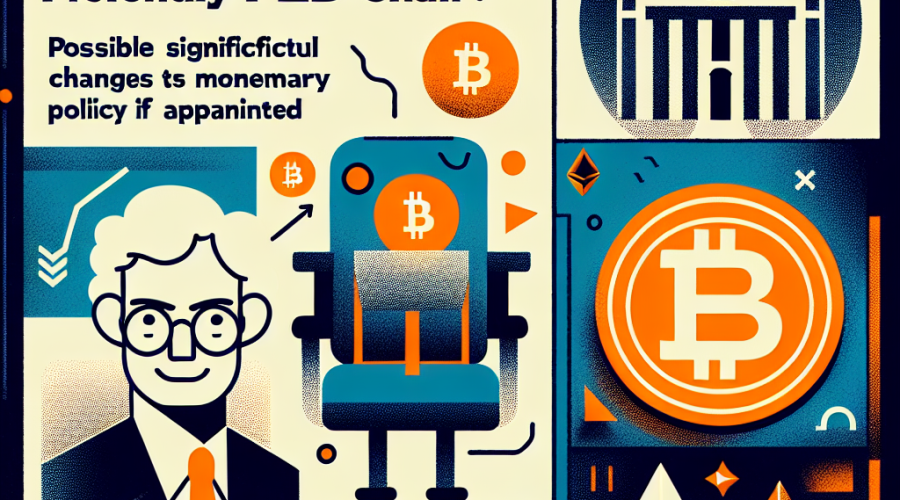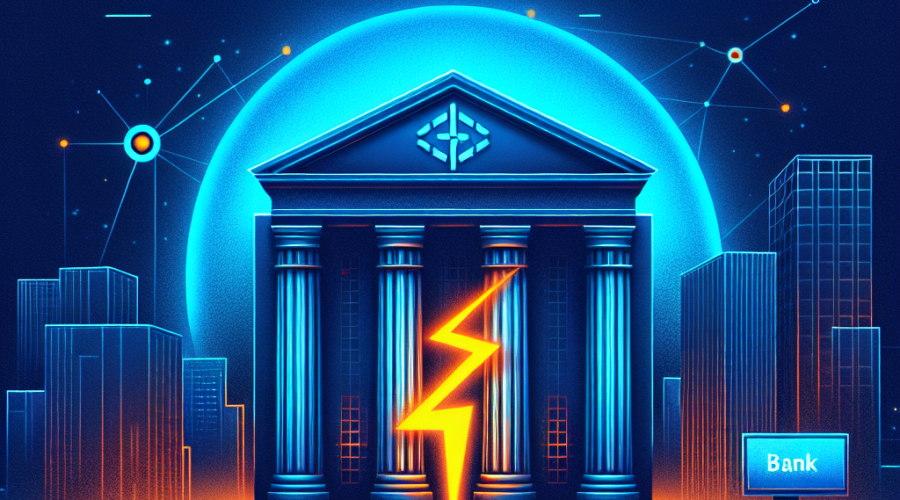Challenging the Blockchain Supremacy in Web3
Grigore Rou, founder and CEO of Pi Squared, poses a radical point of view that challenges the stronghold of blockchain in Web3. Such audacity has surprised many, especially those who have built professional careers around cryptos like Bitcoin and Ethereum. While acknowledging the known scaling limits of blockchain, Rou argues that Web3 doesn’t necessarily need blockchains to prosper. It merely needs extremely fast, verifiable payment and settlement systems, and blockchain is only one of the ways to achieve this.
Blockchain’s Architectural Challenge
Blockchain has famously addressed the double-spending problem, but it has also introduced a unique architectural burden: a strict focus on total ordering that calls for every transaction to wait its turn in a global queue and processed through a unitary consensus mechanism. This was music to the ears in the time of payments where security and simplicity were of utmost importance. However, within the parameters of Web3, the need for speed, flexibility and scale turns this same mechanism into an obstacle. It enforces serialized tyranny, throttles throughput and confines developers within limited design options.
Learning from FastPay and Other Systems
Mobile remittance apps like FastPay have demonstrated that double-spending can be averted without conforming to a total order. This laid the foundation for systems like Linera, that have adopted independent local orderings while preserving global verifiability. These are glimpses into a more scalable future that’s already taking shape. Innovations like FastPay inspired protocols like POD and Sui’s single-owner objects protocol. Rou contemplates whether if FastPay were invented before Bitcoin, whether blockchain would have received such immense cultural and technical interest.
The Necessity of Total Ordering
There will certainly be arguments suggesting that total ordering is crucial for financial integrity and that blockchain is integral to decentralization. However, these concerns overshadow the fact that trustlessness isn’t a product of a particular implementation but trustlessness itself. The foundation of decentralized systems is the verifiability of a transaction, and not the exact order of their occurrence compared to all other global transactions.
Ethereum’s Attempts and Network Failures
Ethereum’s Dencun upgrade attempted to rectify transaction throughput using ‘blobs’; however, their core architecture is still tied to total ordering. Likewise, despite the Lattice system’s introduction by Solana, the network still suffers from bugs, excessive load, and consequent outages. The surge of L2s is more of a workaround than a resolution. It temporarily unloads transactions and reintroduces them later in deferred batches, resulting in a perpetual cycle akin to congestion management.
Evolution or Extinction
The invest-or-perish mantra rings true for investors and builders using traditional blockchain architectures. Going forward, those protocols placing emphasis on flexible and verifiable payment and settlement systems over rigid total ordering will reap better throughput, superior user experiences and a competitive advantage. As decentralized applications evolve and AI-driven autonomous agents start interacting with blockchains, sequencing everything in order could become a liability.
Signs of Change and the Role of Blockchain
Already, there are indications of this trend with an increasing uptake of modular blockchain frameworks like Celestia. This signifies wider acknowledgement that classic blockchains lack flexibility. Data availability layers, execution shards and offchain verification mechanisms all seek to separate blockchain’s trusted validation from its restrictive sequencing model. Even though the transition isn’t a complete break from the past, it does hint at a future of more adaptability. Blockchain may endure as a universal verifier, functioning less as a master ledger and more like a decentralized notary within a diverse, more versatile stack. However, the transition might not be smooth as many investors, DeFi protocols and Ethereum’s would-be replacements are deeply invested in preserving blockchain’s centrality.
This evolving infrastructure landscape in Web3 recalls the internet’s evolution beyond its early walled gardens. The fruitful yield from this new wave of infrastructure will belong to those brave souls who understand and seize this turning point.
















